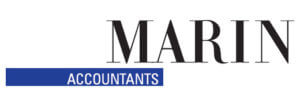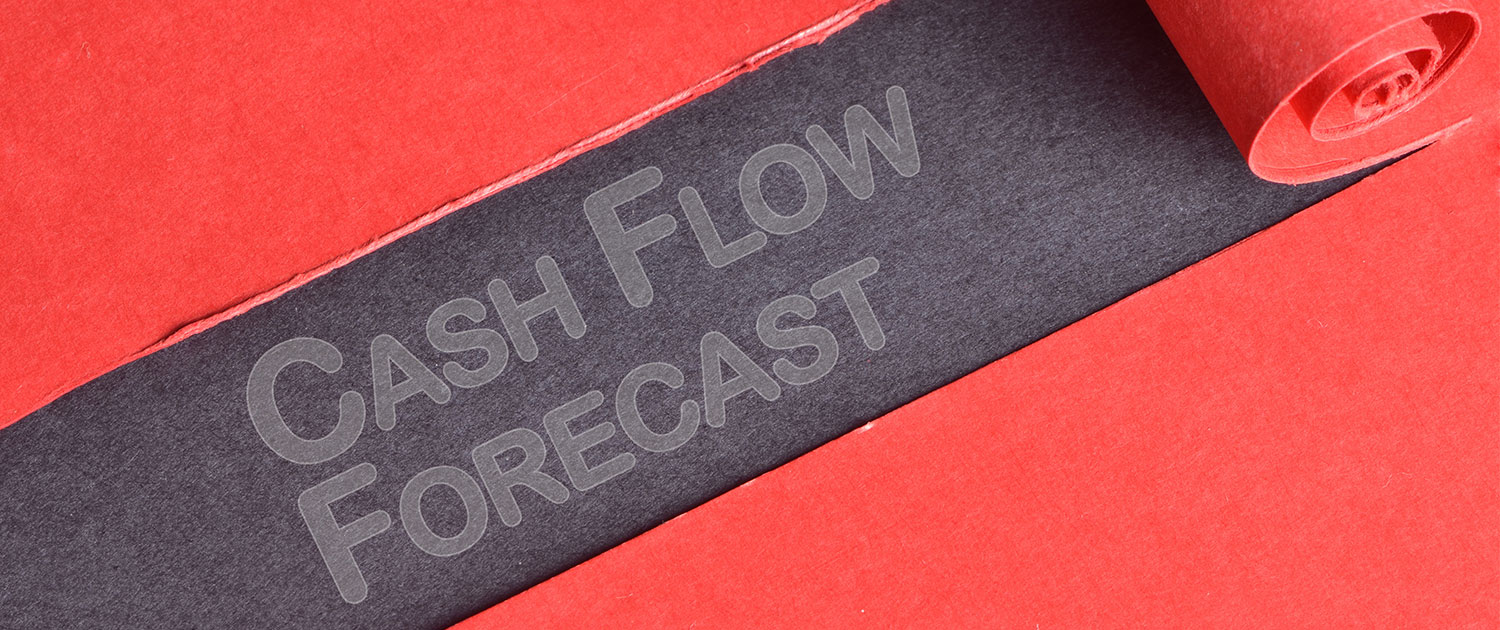Cash flow forecasting is a key aspect of business survival but many small business operators neglect to do it risking complete business failure.
For a number of small business operator’s cash flow forecasting is probably not on their immediate list of things to do. Which is a shame as according to Business Victoria the complete failure to do so is the prime reason 80% of businesses go under.
Cash flow forecasting: A small business accounting must
Put simply, the simple act of cash flow forecasting is a key aspect of business survival. The time lapse between an invoice being issued and a client paying can be long, especially so for businesses with a real tight cash flow.
Now of course there is probably no better time for a small business than when a client pays up and your bank account’s looking healthier than it has in ages. The temptation to splurge the money can be high, but should you?
To spend or not to spend?
You need to ask yourself:
Is this money already accounted for on expenditure such as future wages, electricity and rent?
When is your next lot of earnings due?
A cash flow forecast will actually guide you through whether you should spend or rather hold onto cash.
So what is a cash flow forecast?
A cash flow forecast is an estimate of the amount of money you expect to flow in and out of your business, typically over a 12 month period, and includes all your projected income and expenses.
Basically, it’s a prime tool for identifying when your business expenses may outweigh business earnings so you can always be aware of upcoming lean times.
So how do you do it?
First take a look at your income – if you are an existing business review the prior year’s sales figures, if you are new business you will need to estimate sales. Income is variable dependent on sales and client payment but can also include cash investments by owners, tax refunds, grants or loans.
Next calculate your expenses. This of course depends on the business you are in – but can include, administration, operational expenses, wages, loan repayments to the cost of preparing goods for sale.
Now collate both sets of information until you have created a forecasting of expected expenditure and income for each month .
Download our special cash flow forecasting template at the bottom!
For those on Xero it’s possible to build a simple cash flow forecast based on the past 12 months’ data for your organisation. First generate Xero’s Cash Summary report, then export it to Microsoft Excel to prepare your cash flow forecast. Step by step instructions can be found here.
Add small business accounting on your to do list
So for your small business survival we strongly recommend to keep the task of cash flow forecasting at the top of your to do list.
Set aside time weekly to monitor your accounts receivable and payable, each month review your balance sheets and profit and loss statements and routinely compare your actuals against your cash flow forecast. And don’t forget to utilise the knowledge of your accountants whenever you need it.
But most importantly, before spending that cash windfall review your cash flow forecast to see whether the money is actually already spent or not.
Get your cashflow forecasting in order



